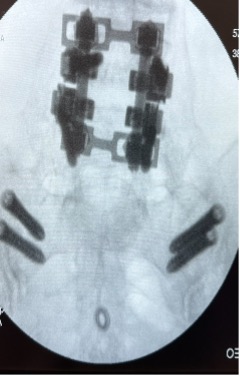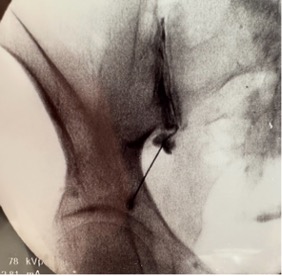
Definition
Sacroiliitis in the painful inflammation of the sacroiliac joints where your spine connects to your pelvis. It is very common condition and, in some studies, it can represent one third of patients low back pain.
Symptoms & Causes
The pain of sacroiliitis most often occurs in the buttocks and lower back. It Radiates to the groin, legs and even the feet. It can cause difficulty with bending, lifting, staying in one position, and raising from being seated. The pain can improve with movement.
It can get worse by:
• Sleeping or sitting for a longer time
• Standing a long time
• Having more weight on one leg then the other
• Running and stair climbing
Causes
• Arthritis. (Osteoarthritis) wear and tear. Psoriatic arthritis Crohn’s disease, ulcerative colitis, Reiter syndrome.
• Injury. Motor vehicle accident, fall and caused a sudden impact and affect the sacroiliac joint.
• Pregnancy. It loosens and stretch for childbirth. Increased weight and changing the way of walking during pregnancy can stress sacroiliac joints.
• Infection. Rare.

Diagnosis and treatment:
• History and physical exam with provocative testing.
• Pelvic x-rays- CT scan-MRI or blood tests.
• The most a definitive diagnosis is diagnostic block by pain specialist with arthrogram.
• Physical therapy. The most common treatment for sacroiliitis that will give you stretches and exercises to strengthen the muscles around the sacroiliac joints.
• Medications: NSAIDs, muscle relaxants, corticosteroids.
• Diagnostic nerve blocks followed by steroid injections, PRP, radiofrequency ablation or sacroiliac fusion.
Treatment
• Rest- physical therapy to improve strength and range of motion. Ice: To decrease pain. Anti-inflammatory meds.
• Evaluation with pain specialist for non-surgical cases to consider: Steroid injections, PRP or a stem cell, radiofrequency ablation, peripheral nerve stimulation for prolonged pain relief and improved functionality.
